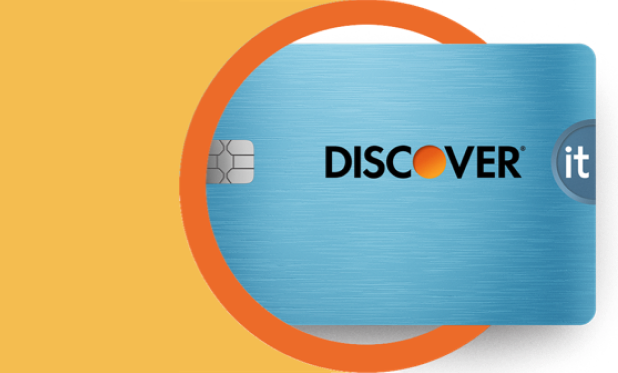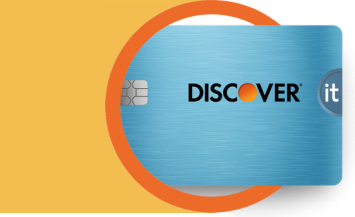Credit cards may be a universal financial tool, but anyone who’s tried to understand credit card terminology (like “pre-approval,” “APR,” and “cash advance”) knows that credit cards aren’t necessarily as straightforward as they seem.
The good news is that once you grasp common credit card definitions, it’s a lot easier to understand how the credit process works and how you can be a good credit card user. We’ve put together a short credit card glossary to cover some basic credit card terminology to help you better understand the ins and outs of credit—and maybe even choose the best credit card for you.







